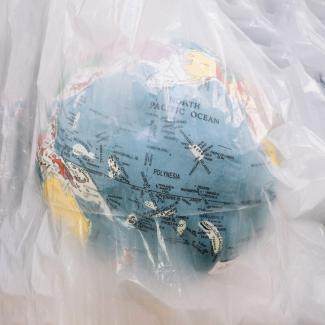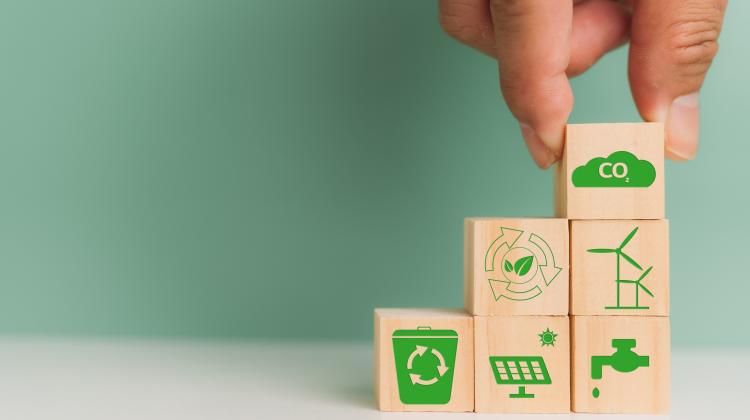Media reports have been increasingly alarming with regard to threats posed by mass consumption of polymers (which are what plastic bags are made from). We are exposed to images of turtles and birds caught in polybags or cables that are plastic waste. What is more, some animals swallow polymers, which causes irreversible deterioration of their health and well-being.
But are polymers really only a threat? Need the word polymer be these days associated only with an unnatural material harmful to our environment and health? The answer is a definitive NO.
As a society, we only need to allow for the introduction of polymers made from plants that are also biodegradable (e.g. aliphatic polyesters, polysaccharides, natural rubber) in the natural environment. These polymers are easy to form, process, modify, and their biocycle is closed. They are not another empty promise made by scientists; they are genuinely friendly multimolecular materials. Polymers that have so far been obtained from petroleum products can now be obtained from corn, oils, and plant matter. Furthermore, new solutions are developed that rely on adding natural additives to these materials totally abandoning synthetic dyes, stabilizers, plasticizers.
Polyphenols commonly present in plants (fruits and vegetables) may serve as an example. The amazing power of these substances called phyto-compounds can be used to produce biopolymers with distinct properties such as controlled degradation, indication of storage conditions (information on the manner of transportation – whether, for example, food temperature complied with the guidelines).
The future belongs to these materials becoming ubiquitous in our everyday lives.





